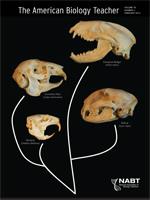DEPARTMENTS (9)
FEATURE ARTICLE (1)
ARTICLE (1)
HOW TO DO IT (3)

No abstract available
No abstract available
No abstract available
No abstract available
No abstract available
No abstract available
No abstract available
No abstract available
No abstract available
